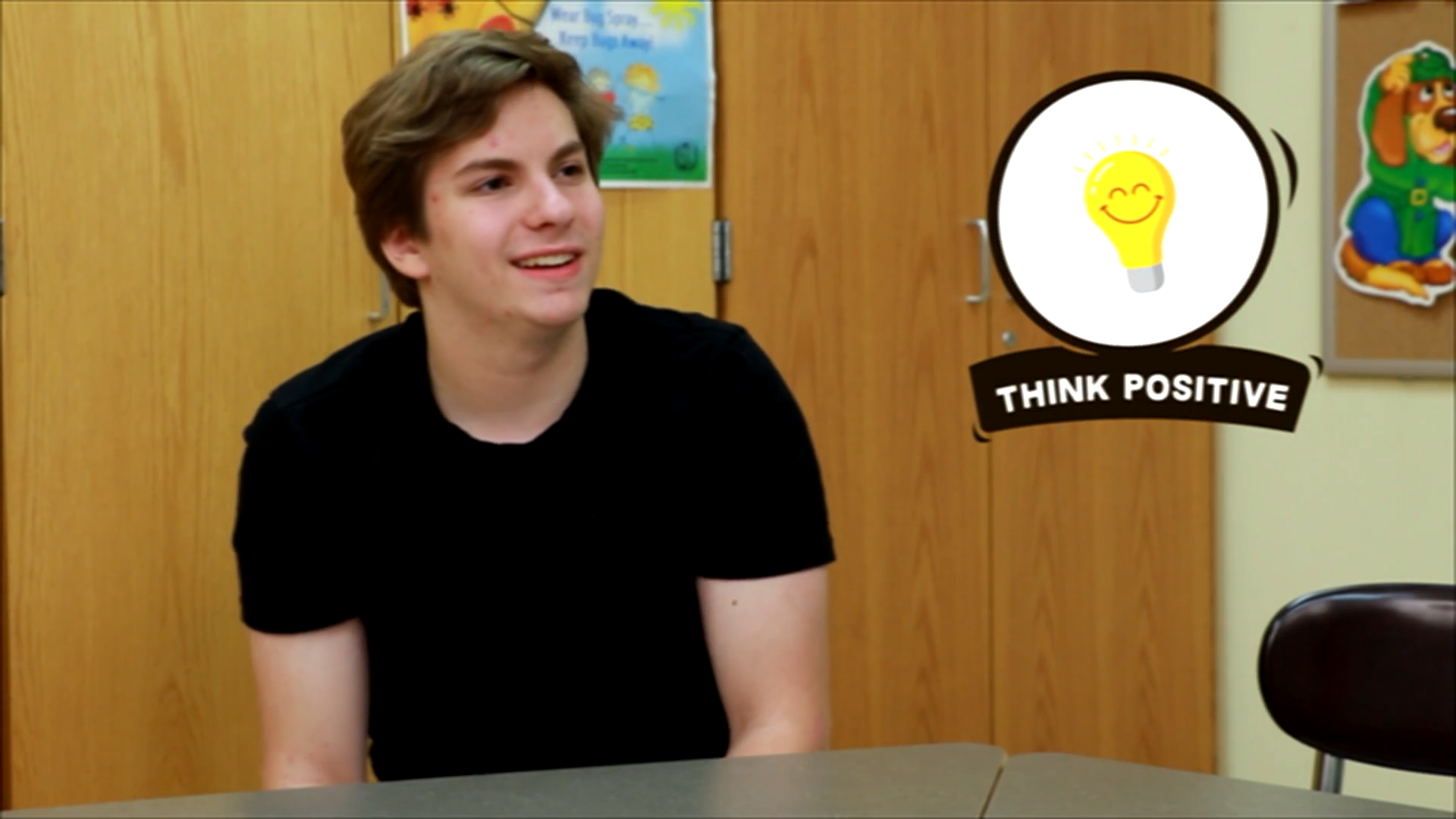
Introduction
Positive self-talk is a powerful tool that can help students build confidence, resilience, and a healthy mindset. By teaching elementary students how to use positive self-talk, educators can support their social-emotional growth and prepare them for success in and out of the classroom. This blog post will provide an overview of positive self-talk, a no-prep activity, discussion questions, related skills, and resources for further exploration.
No-Prep Activity: Positive Self-Talk Role Play
This activity requires no preparation or materials from the educator. It is designed to help students practice positive self-talk in a fun and engaging way. To begin, have students form pairs. One student will play the role of a person who is struggling with a task or feeling down, while the other student will be their “inner voice” providing positive self-talk.
The student playing the person in need of encouragement should describe a situation in which they are struggling or feeling down. The “inner voice” student should then provide positive self-talk statements, using I-statements such as “I can do this” or “I will get it next time.” Encourage students to switch roles and repeat the process.
After the role-playing activity, lead a group discussion about the experience and how positive self-talk can help improve our mindset and overall well-being.
Discussion Questions
- How did it feel to use positive self-talk during the role-playing activity? Did it make a difference in how you felt about the situation?
- Can you think of a time when you used positive self-talk in your life? How did it help you?
- Why is it important to practice positive self-talk regularly?
- What are some strategies you can use to remember to engage in positive self-talk when you’re feeling down or facing challenges?
- How can you help your friends and classmates use positive self-talk to boost their self-esteem and confidence?
Related Skills
Positive self-talk is just one aspect of social-emotional learning. Here are some other related skills that can support students’ emotional well-being and personal growth:
- Goal setting: Encourage students to set realistic and achievable goals for themselves, which can help them maintain a positive mindset and stay motivated.
- Resilience: Teach students how to bounce back from setbacks and develop a growth mindset, which can help them overcome challenges and learn from their mistakes.
- Empathy: Help students understand and share the feelings of others, which can promote kindness, compassion, and positive relationships with their peers.
- Assertiveness: Show students how to express their needs and feelings in a respectful and confident manner, which can help them develop strong communication skills and self-esteem.
Next Steps
Now that you have a better understanding of positive self-talk and its benefits, we encourage you to explore more resources and activities to support your students’ social-emotional learning journey. To get started, sign up for free samples of materials that can help teach positive self-talk and other important skills. These resources are designed to make it easy for educators to incorporate social-emotional learning into their daily routines, empowering students to develop healthy habits and a positive mindset for life.

